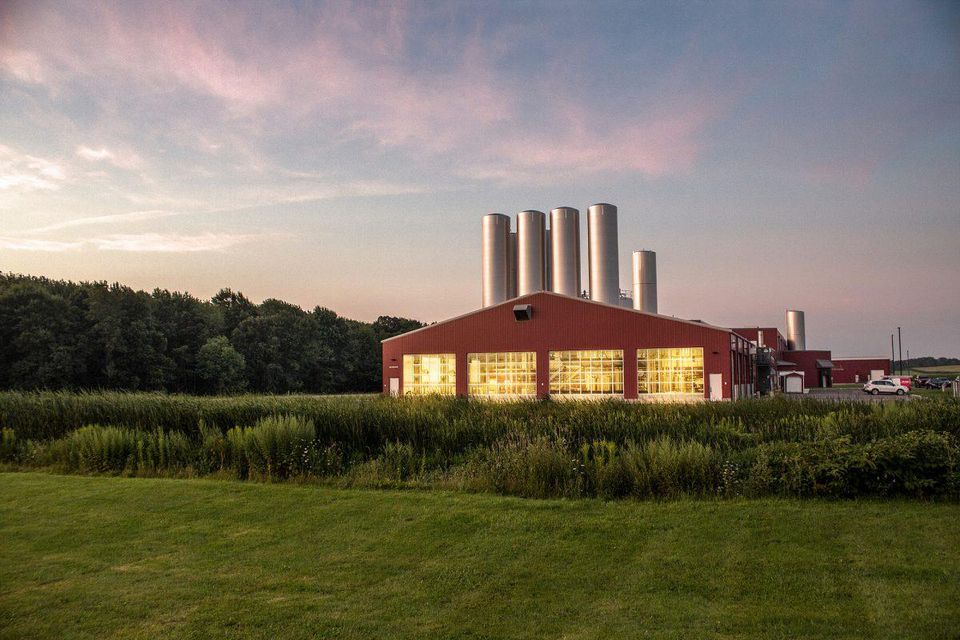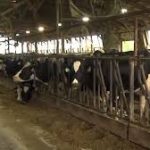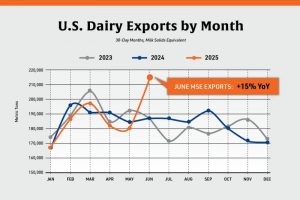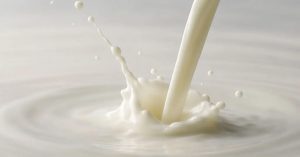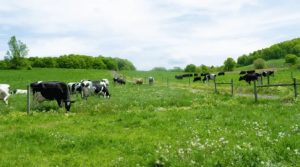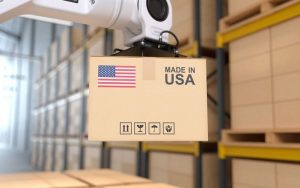
Chris Noble, whose farm is one of the eight that makes up the creamery joint venture, hopes the business can be different enough to succeed where other dairy farms today are struggling. The dairy farm cooperative does things a little bit differently, starting with their power source. The creamery uses a mechanism called an anaerobic digester to break down a mixture of food waste and cow manure to turn it into usable electricity that powers the entire operation.
Dairy farms today face sharp criticism for their contribution to air and water pollution—criticism that’s punctuated by hits to the dairy industry like the rising popularity of plant-based milk alternatives and a decreasing dairy export market. Sustainable technologies like biodigesters offer dairy farmers a way to mitigate environmental impacts and maybe even win back those elusive American millennial consumers.
There are 248 anaerobic digester projects on livestock farms across the United States, 198 of which are located on dairy farms. Dan Blaustein-Rejto, a senior food and agriculture analyst at the Breakthrough Institute, says that according to EPA projections based on farms that could potentially adopt the anaerobic digesters, the technology has the potential to cut greenhouse gas emissions in the agricultural sector by about ten percent.
That’s not an insignificant reduction, Blaustein-Rejto says, and there are other benefits too. “Anaerobic digesters, at least according to the EPA’s research, can cut methane emissions from the average dairy or hog farm by about 85 percent, so that’s a really huge reduction of one of the main sources of emissions.”
